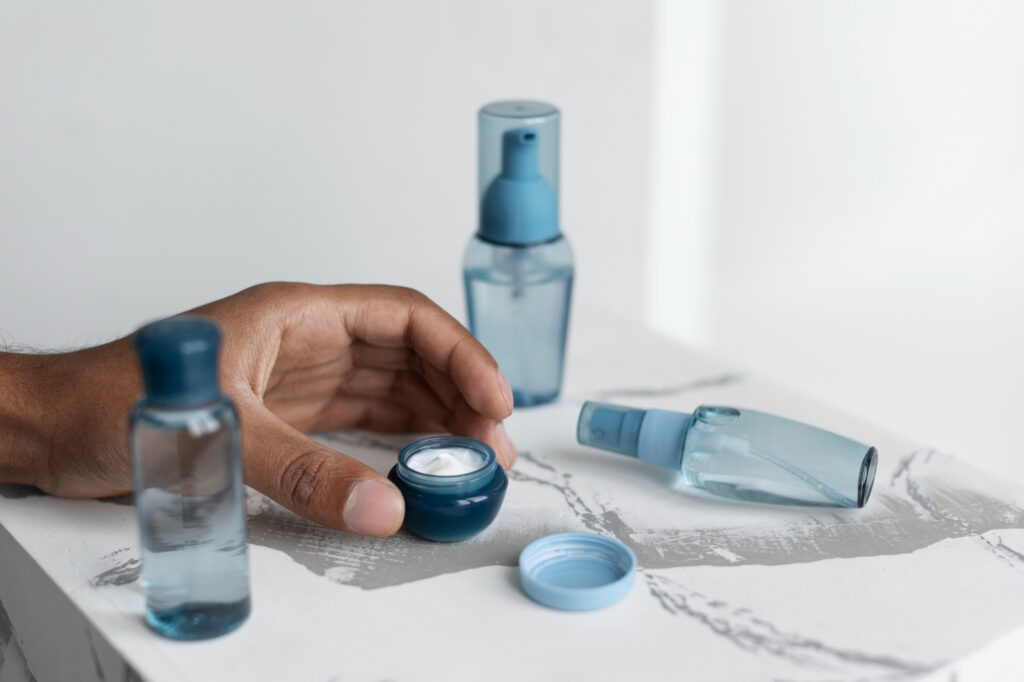
Proper wound management is crucial to promoting healing, preventing infections, and reducing the risk of complications. One of the most important steps in wound care is cleaning the wound to remove debris, bacteria, and other contaminants that could hinder the healing process. Wound wash solutions play a vital role in this aspect of wound care, offering an effective and convenient method for keeping wounds clean and aiding in faster recovery. In this article, we’ll explore the importance of wound wash solutions in wound management and how they contribute to better outcomes.
What is a Wound Wash Solution?
A wound wash solution is a sterile liquid designed specifically for cleaning wounds. It typically consists of a saline solution or other antiseptic agents that help remove dirt, debris, and bacteria from the wound surface. These solutions are formulated to be gentle on the skin while effectively cleansing the wound without causing further irritation or damage.
Types of Wound Wash Solutions
There are several types of wound wash solutions available, each with its own benefits. Understanding these options can help you choose the right one for your needs.
- Saline Solution: This is the most common type of wound wash. It’s simply a mixture of salt and water, which is gentle on the skin and effective at cleaning wounds. Saline solution is often recommended for general wound care because it’s safe, easy to use, and doesn’t sting.
- Antiseptic Solution: Antiseptic wound washes contain ingredients like iodine or hydrogen peroxide that kill bacteria and prevent infection. While effective, these solutions can sometimes be too harsh, especially for sensitive skin, and may slow down the healing process if used too frequently.
- Wound Cleansers: These are specially formulated solutions designed to clean wounds thoroughly while being gentle on the skin. They may contain moisturizing agents or other ingredients that support healing. Wound cleansers are often used for more serious wounds or those at a higher risk of infection.

Why is Wound Cleaning Important?
Wound cleaning is a critical step in the wound care process. When a wound occurs, the skin’s natural barrier is broken, leaving the body vulnerable to infection from bacteria and other pathogens. Proper wound cleaning helps to:
- Remove Contaminants: Wound wash solutions help remove dirt, debris, and other foreign particles that may have entered the wound during the injury. This is especially important for wounds caused by accidents or those that have been exposed to dirty environments.
- Prevent Infection: By eliminating bacteria and other microorganisms from the wound surface, wound wash solutions reduce the risk of infection. Infections can significantly delay the healing process and lead to more severe complications if not addressed promptly.
- Promote Healing: Clean wounds heal faster and more efficiently. Wound wash solutions help create a clean environment that is conducive to the body’s natural healing processes, allowing new tissue to form and the wound to close more quickly.
- Reduce Pain and Discomfort: Using a wound wash solution can help soothe the wound area, reducing pain and discomfort. Many solutions are designed to be gentle, ensuring that the cleaning process does not cause additional irritation.
How to Use Wound Wash Solutions
Using a wound wash solution is straightforward, but it’s important to follow proper procedures to ensure the wound is thoroughly cleaned and ready for further treatment.
- Prepare the Area
Before cleaning the wound, wash your hands thoroughly with soap and water to prevent introducing new bacteria to the wound site. If you’re using gloves, make sure they are sterile.
- Apply the Wound Wash Solution
Hold the wound wash solution bottle a few inches above the wound and gently irrigate the wound by squeezing the bottle to release the solution. Make sure the solution flows directly over the wound, rinsing away any visible dirt or debris. Continue rinsing until the wound appears clean.
- Dry the Wound Gently
After cleaning, pat the wound dry with a clean, sterile gauze or cloth. Avoid rubbing the wound, as this can cause irritation or damage the healing tissue.
- Apply a Dressing
Once the wound is clean and dry, apply an appropriate dressing to protect the wound and keep it moist. The type of dressing used will depend on the size and severity of the wound.
Benefits of Using Wound Wash Solutions
Following are the benefits of using wound washing solutions in effective wound management:
- Convenience and Ease of Use
Wound wash solutions are available in easy-to-use bottles that make cleaning wounds simple and convenient. They are often designed with a spray or squirt top, allowing for direct application to the wound without the need for additional tools.
- Sterility and Safety
Wound wash solutions are sterile, meaning they are free from bacteria and other contaminants that could potentially cause infection. This sterility is crucial, especially for fresh or open wounds, where the risk of infection is higher.
- Gentle on the Skin
Many wound wash solutions are formulated to be gentle on the skin, making them suitable for use on all types of wounds, including those on sensitive skin. They are designed to cleanse without causing stinging, burning, or additional irritation.
- Suitable for All Wound Types
Whether dealing with minor cuts, abrasions, surgical incisions, or more serious wounds, wound wash solutions are versatile enough to be used on a wide range of wound types. They are an essential component of any first aid kit and can be used at home, in healthcare settings, or on the go.
Conclusion
Wound wash solutions play a critical role in effective wound management by ensuring that wounds are thoroughly cleaned and free from contaminants. By preventing infections, promoting faster healing, and reducing discomfort, these solutions are a valuable tool in wound care. Whether you’re caring for a minor scrape or a more significant injury, using a wound wash solution as part of your wound management routine can lead to better outcomes and a smoother recovery process. Always keep a wound wash solution on hand as part of your first aid kit to ensure you’re prepared to handle any wound care needs.
If you need other products like adult diapers.

